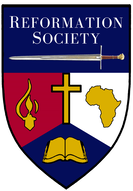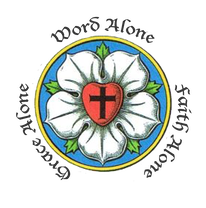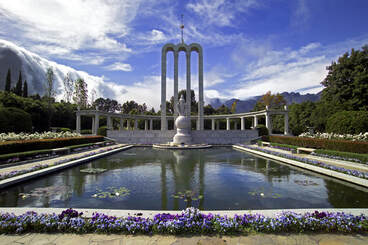
The Huguenots have left us a tremendous legacy of heroic faith, Christian endurance and sacrifice. Their contributions to our culture, spiritual life and prosperity have been out of all proportion to their small numbers.
Afrikaans Ancestors There are many Huguenot surnames amongst us to this day: Blignaut, De Klerk, De Villiers, Du Preez, Du Toit, Fourie, Hugo, Joubert, Le Roux, Malan, Nel, Pienaar, Retief, Rossouw, Theron, Viljoen, Visagie, and many others. The first Huguenot to arrive at the Cape, on 6 April 1652, was Maria de la Quellerie, the wife of the first governor of the Cape, Jan Van Riebeeck. Maria's grandfather had been a French Huguenot pastor. Dynamic Christian Movement The Huguenots were Protestants, members of the Reformed Church of France. Their forerunners were the Waldensians, a dynamic Bible study movement which arose in the 12th century, led by Peter Waldo, a merchant of Lyons. The Waldensians desired to study the Scriptures and be faithful to Biblical principles in all areas of life. These poor men of Lyons went out in twos and boldly proclaimed the Word of God throughout Southern France, Northern Italy and Switzerland. 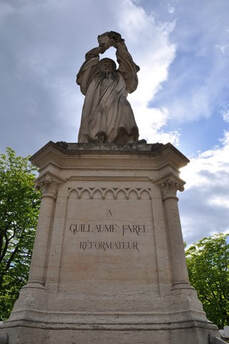
Through Sword and Flame
After the Bible was placed on The Index of Forbidden Books by the Council of Valencia in 1229, the Roman Papacy began to viciously persecute the Waldensians. Many thousands were murdered. The survivors fled to the Southern Alps of Western Piedmont and flourished there. Despite being declared heretics and fearfully persecuted by the Inquisition and the armies of the pope, the Waldensians grew in number and in depth of dedication to the Lord. Reformation in France When the writings of Dr. Martin Luther came to France, Professor Jacques Lefevre, at Sorbonne University in Paris, expounded the Epistles of St. Paul and taught the Reformation doctrines of Justification by the Grace of God alone, received by Faith alone. William Farel was one of the students who came to Faith in Christ. Fiery Evangelist Farel became one of the most prominent leaders in the French Reformation movement, winning whole cities to Christ. William Farel's powerful street preaching was described as full of fire and fury. The pope was anti-Christ. The mass idolatry. His sermons were cannon blasts. His oratory gripped whole cities. Farel was called "the scourge of the priests." Several priests attempted to assassinate Farel. After one attempt on his life failed, Farel whirled around and declared to the priest who had fired the bullet: "I am not afraid of your shots!" Winning Cities to Christ With great evangelistic zeal, and skill in debating, Farel succeeded in winning most of French-speaking Switzerland to the Protestant Faith. Amongst these were the cities of Neuchatel and Geneva. In 1535, William Farel arrived in Geneva declaring: "I have been baptised in the Name of the Father, the Son and the Holy Ghost, I go about preaching Christ: How He died for our sins and rose again for our Justification. Whoever believes in Him will be Saved. Unbelievers will be lost. I am bound to preach to all who will hear. I am ready to dispute with you..!" By 21 May 1536, the general assembly of citizens in Geneva voted in favour of the Reformation and made the Protestant Faith the official religion of the city. 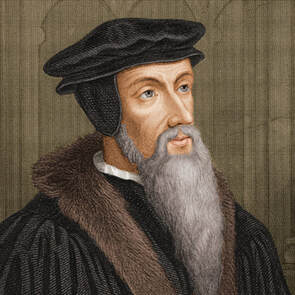
Challenge and Compulsion
It was at this decisive point that 27-year-old, French Reformer, John Calvin, was forced by a local war to detour through Geneva. He expected to be in the city for only one night. But Farel heard of this famous scholar and author of The Institutes and he rushed over to recruit him. But Calvin was not interested. The more Farel explained his plans and described the situation in Geneva, the less Calvin felt inclined to stay. He realised that to accept Farel's challenge would involve him in controversies and conflict, and his timid nature shrank from such unscholarly activities. Calvin's mind was set on a lifetime of study. But Farel insisted that he stay and help disciple Geneva. Farel rose from his chair and thundered: "May God curse your studies if now, in her time of need, you refuse to lend your aid to His Church." Called and Commissioned John Calvin was visibly shaken, and he recalled later, struck with terror. In Farel's voice of thunder, Calvin heard the call of God. There and then he yielded and consented to serve in Geneva. Geneva became the hub of the French Reformation. Its printers became the busiest in Europe. Publishing for Reformation One of the great masterpieces of the Reformation, The Institutes, was written by John Calvin, addressed to King Francis of France, to prove to him that Protestants were not heretics, but faithful to the teachings of Scripture. It is remarkable how, what began as a letter, ended up as a 1,000 page, 80 chapter, Textbook of Theology, Defence of the Protestant Faith, Manifesto for the Reformation, Handbook for Catechism, a weapon against heresy and Guide to Christian Discipleship. It is a literary masterpiece which has earned itself a permanent place amongst the greatest Christian books in all of history. Mobilised to Evangelise A stream of Reformation books poured out and thousands of pastors, Evangelists and Missionaries were trained in Geneva's Academy and sent throughout Europe. Just in the lifetime of John Calvin, over 2,000 Reformed churches were established in France alone. 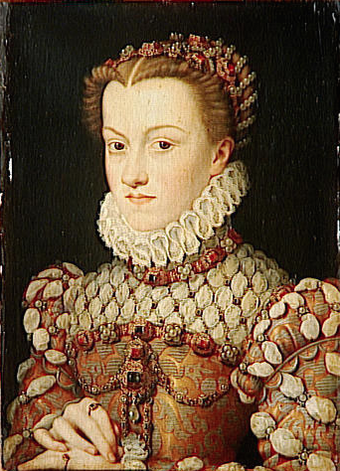
Catherine de Medici
However, as King Francis died in 1547, France fell under the control of his wife, Catherine de Medici. This Jezebel of a manipulative Queen of Intrigue, dominated French politics for the next decades. The regency, by law, should have passed to Antonie de Bourbon, the leader of the Huguenots. However, Catherine de Medici assumed the regency herself. An ardent Catholic, Catherine determined to rid France of "the contagious disease of Protestantism". Treachery On Sunday, 1 March 1562, the Duke of Guise supervised the massacre of hundreds of Protestants in a church in Vassy. To avert war, the heir to the throne, Henri, King of Navarre, the son of Antonie de Bourbon, was arranged to marry Catherine's daughter, Marguerite. This wedding between Huguenot and Catholic was meant to herald peace in France. However, it turned out to be a trap as Protestant aristocracy poured into Paris for the wedding. Catherine de Medici had convinced her teenage son, King Charles IX to order a treacherous and wholesale massacre. 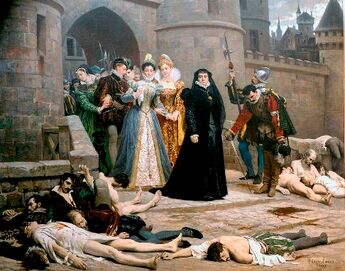
The St. Bartholomew's Day Massacre
Beginning early on the morning of 24 August 1572, Henri of Guise mobilised Catholic forces to fulfil the kings command: "Kill them all! Kill them all!" In Paris alone, over 5,000 Protestants were murdered. The death toll exceeded 30,000 throughout the countryside of France. The Spanish ambassador reported back to Rome: "As I write, they are killing them all sparing not even the children. Blessed be God!" Pope Gregory XIII and his cardinals in Rome rejoiced at the news and attended a solemn high mass of thanksgiving. The pope ordered a special medal to be struck commemorating the massacre and several huge Frescoes depicting the massacre were commissioned for decorating the Vatican. Revulsion and Resistance The St. Bartholomew's Day Massacre permanently altered Protestant thinking. Calvinists turned from previously accepting the divine right of kings to advocating separation of powers, limited to government and the rule of law. The Catholic cause, already stained by Bloody Mary's persecutions in England, and the Duke of Alva's slaughter in the Netherlands, was now indelibly identified with the most bestial persecutions, tyranny and treachery. The St. Bartholomew's Day massacre began the 8 wars of religion in France. 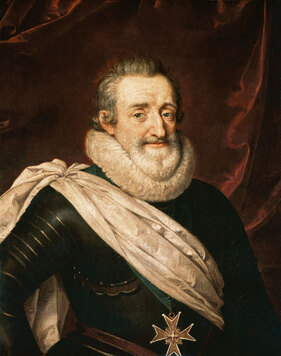
Reversal of Fortunes
Henri of Guise was murdered on the orders of Henri III, who was then himself assassinated, leaving the Protestant Henri of Navarre as the only serious contender for the throne of France. Because the Catholic majority would not tolerate a Protestant king of France, Henri declared himself a Catholic with the famous: "Paris is worth a mass" comment. In 1594, he entered Paris in triumph as King Henri IV. In 1598, Henri signed The Edict of Nantes - which guaranteed the Huguenots' freedom of religion. For the next 12 years the Huguenots prospered, and so did the whole of France. Steadfast Under Persecution Then in 1610, Henri IV was murdered and under the Catholic, Louis XIII, and his chief minister, Cardinal Richelieu, the Protestant Huguenots were placed under increasingly more severe pressure. During this time the Huguenots became known as the Church of the Wilderness, as services needed to be conducted in secrecy, frequently in the forests. The Huguenots became famous throughout the whole Protestant world for their heroic suffering, unshakable faith and steadfast courage. 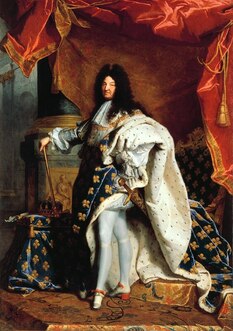
Revocation
In 1685, Louis XIV, the Sun King, revoked The Edict of Nantes with The Edict of Fontainebleau. This revocation forbade Protestant church services, required the education of all children as Catholic, and prohibited emigration. Many hundreds-of-thousands of French Huguenots, who included most of the intellectuals, doctors and professional people in France, emigrated to North America, settling particularly in New York and Virginia, to England, to Germany, where they were warmly welcomed by Frederic William, and to Holland. Hundreds of those who moved to Holland sailed for the Cape of Good Hope where they settled in, and around, what was then a wilderness called Olifantshoek. This was later renamed Franschhoek. The House of Orange Louise de Coligny, the daughter of the murdered Huguenot leader, Admiral Gaspard de Coligny, married Prince William of Orange, leader of the Dutch Protestant resistance against the Spanish Catholics. The marriage between Huguenot aristocracy and Dutch royalty resulted in William III of Orange, who later became King of England, and hero of the Protestant forces in Northern Ireland. To this day, Orange is the colour of the Protestants in Northern Ireland and was chosen as the name of one of the largest rivers in South Africa, the Orange River. The Orange Free State was also named after the Prince of Orange. The Orange in the old South African flag also reflected this appreciation of the great role played by the Huguenots in the fight for Faith and freedom in Holland, Britain and in South Africa. 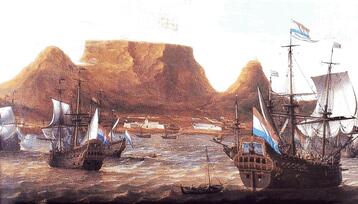
The Vindication of the Huguenots
The persecution on the Protestants in France was formally brought to an end by The Edict of Tolerance signed by King Louis XVI in 1787. In October 1985, to commemorate the tri-centenary of the Revocation of The Edict of Nantes, President Francois Mitterrand of France, announced a formal apology to the descendants of the Huguenots around the world. The French government, at that time, released a special postage stamp in honour which read: "France is the home of the Huguenots." Visit the Huguenot Museum If you have never had the opportunity to visit the Huguenot Monument and Museum in Franschhoek you will find it a fascinating and inspiring experience! Booklets on the Family Trees and descendants of each of the Huguenot families can be purchased from the Museum. JUIG! Magazine ran this and further articles highlighting the heritage of the Huguenots and their legacy today. 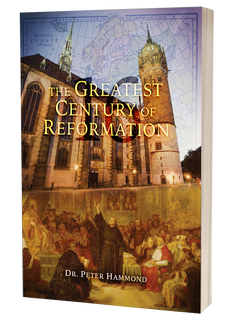
Dr. Peter Hammond
Frontline Fellowship P.O. Box 74 Newlands 7725 Cape Town South Africa Tel: 021-689-4480 Email: [email protected] Website: www.frontline.org.za See the book The Greatest Century of Reformation (288 pages, over 200 historic pictures and maps, 20 chapters and 16 appendices) available from Christian Liberty Books, PO Box 358, Howard Place 7450, Cape Town, South Africa, Tel: 021-689-7478, Fax: 086-551-7490, Email: [email protected] and Website: www.christianlibertybooks.co.za.
1 Comment
|
History ArticlesCategories
All
Archives
May 2023
|
- Home
-
History Articles
- History Articles
- All Categories
- Character Studies
- Greatest Century of Missions
- Greatest Century of Reformation
- Reformation In Bohemia
- Reformation In England
- Reformation In France
- Reformation In Geneva
- Reformation In Germany
- Reformation In Italy
- Reformation In Scotland
- Reformation in Switzerland
- Victorious Christians
- Contemporary Articles
- Resources
- Contact
- Donate
|
The Reformation Society
PO Box 74, Newlands, 7725, South Africa Tel : (021) 689-4480 Email: [email protected] Copyright © 2022 ReformationSA.org. All rights reserved |
- Home
-
History Articles
- History Articles
- All Categories
- Character Studies
- Greatest Century of Missions
- Greatest Century of Reformation
- Reformation In Bohemia
- Reformation In England
- Reformation In France
- Reformation In Geneva
- Reformation In Germany
- Reformation In Italy
- Reformation In Scotland
- Reformation in Switzerland
- Victorious Christians
- Contemporary Articles
- Resources
- Contact
- Donate
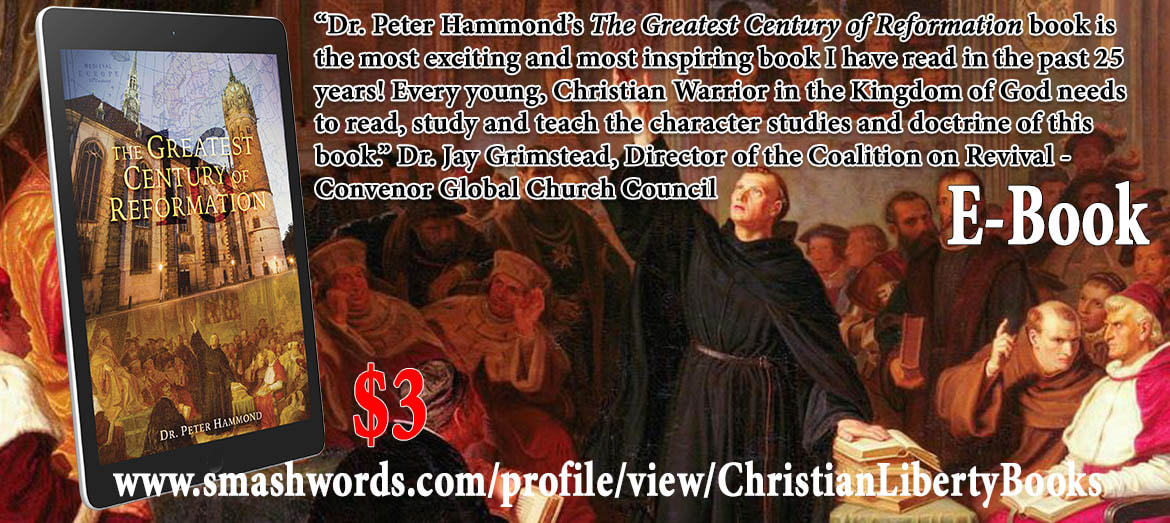
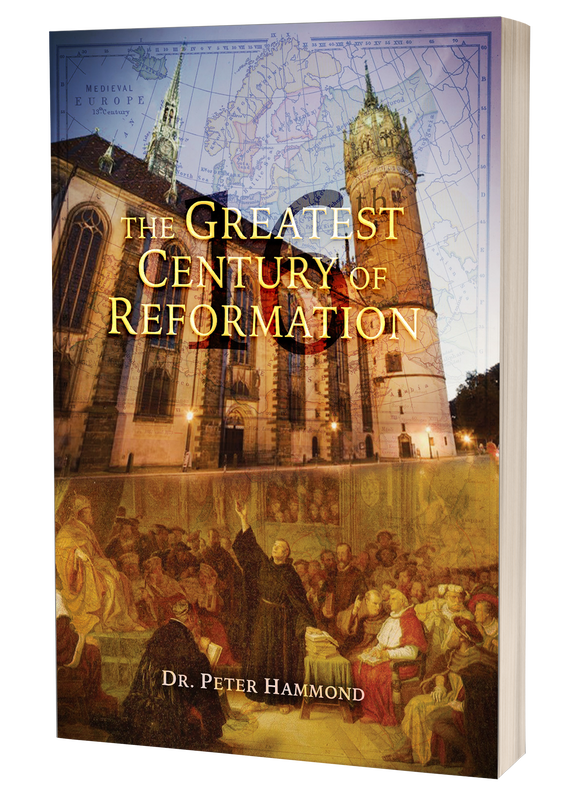
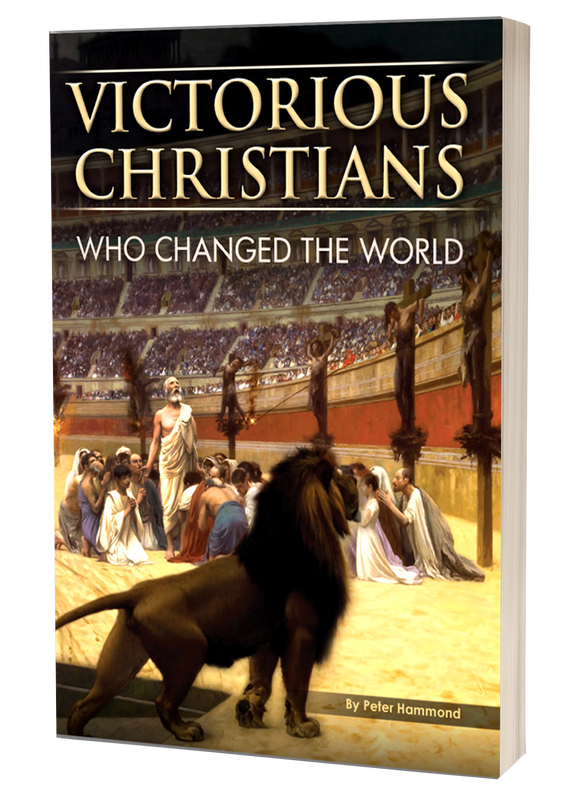
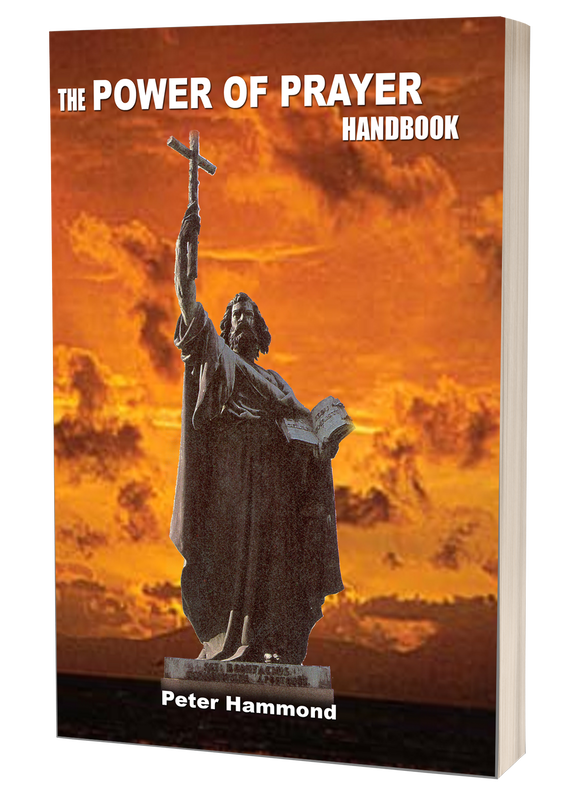
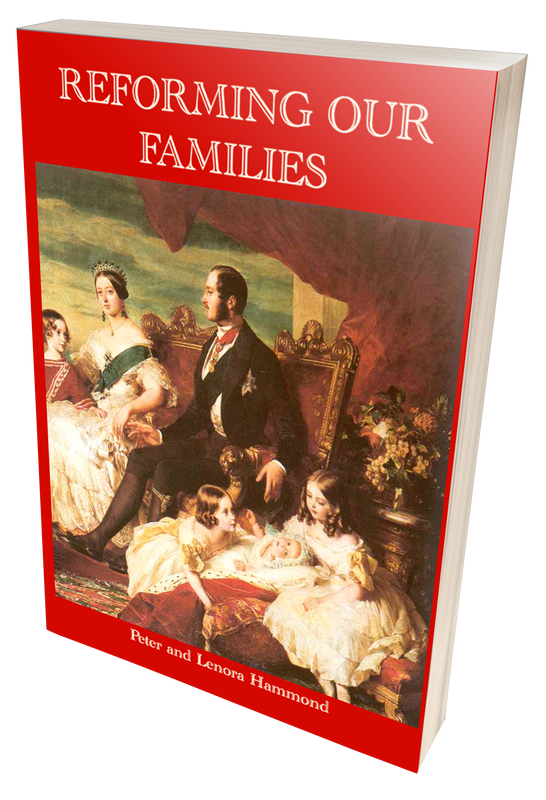
 RSS Feed
RSS Feed
